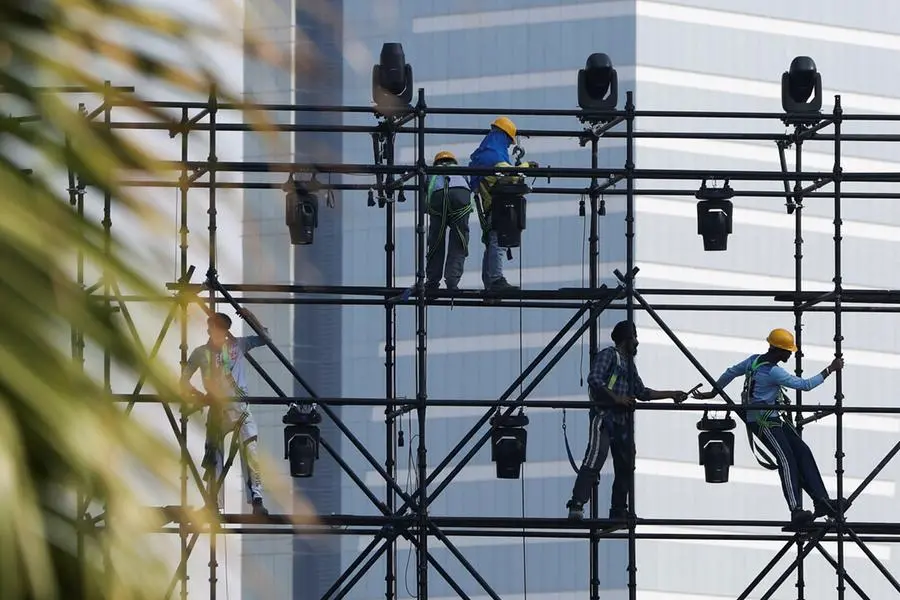PHOTO
Image used for illustrative purpose. Getty Images
The UAE continued to hold its position as the lowest-risk nation in the Middle East and Africa (MEA) region for the second quarter of 2023, GlobalData, a data and analytics company, said in its second-quarter global risk report.
Saudi Arabia, Qatar, Kuwait and Bahrain maintained the third, fourth, fifth and ninth rankings quarter-on-quarter.
The MEA retained its status as the highest-risk region in the second quarter of 2023, as the region’s risk score stood at 53.5 out of 100 - the highest compared to all other regions - despite falling marginally from 54.4 in Q1 2023.
The economic growth of the MEA region faces significant uncertainties, primarily arising from a worldwide economic slowdown, a decline in oil production, and ongoing food security issues. Moreover, escalating heatwaves in the Middle East and a deteriorating humanitarian crisis in Africa compound the difficulties.
This marginal decline in the risk score was propelled by the robust growth in the non-oil sector, driven by increased tourism and construction activities.
Saudi Arabia’s non-oil activities exhibited strong annual growth of 6.1% in Q2 2023, while the UAE recorded an average annual growth rate of 7.8% in non-oil activities in the first half of 2023.
The quarterly update, which evaluated 56 countries in the MEA region, two countries were identified in the very low-risk zone, five countries in the low-risk zone, 14 countries under manageable risk, 20 countries under high risk and 15 countries in the very high-risk zone.
Bindi Patel, Senior Economic Research Analyst at GlobalData, said the projections indicate a substantial slowdown in the GCC nations’ growth, dropping from 6.5% in 2022 to 2.1% in 2023.
“The deceleration is primarily attributed to the anticipated contraction of the hydrocarbon sector, driven by oil production cuts,” she added.
(Editing by Seban Scaria seban.scaria@lseg.com)






















